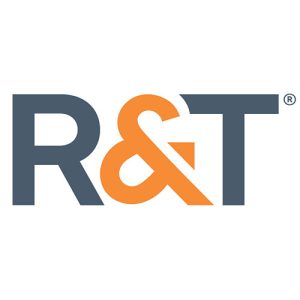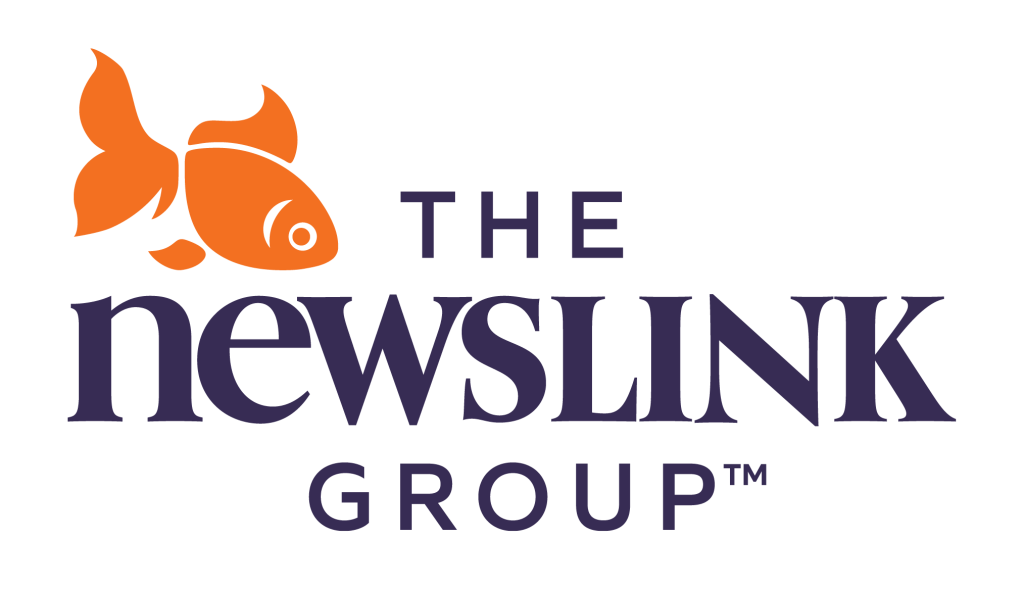In today’s competitive banking landscape, the strategic allocation of resources is crucial for determining a financial institution’s resilience, profitability and capacity for growth. A key aspect of this strategy involves the optimal use of collateral for regulatory and commercial purposes, as well as accessing liquidity. Traditionally, banks have set aside excess collateral to provide principal protection for uninsured balances in deposit relationships. While effective in addressing the investment policy needs of customers, the increasing opportunity cost of holding collateralized deposits has led bank treasurers to seek alternatives for using high-quality liquid assets.
One viable option for banks is to shift collateralized deposits into insured deposit placement programs like the Demand Deposit Marketplace® (DDM®) Program administered by R&T Deposit Solutions.1 The DDM Program is an automated daily cash sweep service that allows a bank to send, receive or reciprocate deposits, providing high flexibility and balance sheet management. It also offers the bank’s customers access to an expanded level of deposit insurance coverage on their deposits through a network of participating FDIC-insured receiving institutions. A bank can participate as a “send-only,” “receive-only” or “reciprocal” institution, with the ability to adjust the level of deposits on its balance sheet at any time.
Flexibility
Transitioning collateralized deposits into FDIC-insured cash sweep programs grants banks greater flexibility in managing liquidity. Instead of locking funds in collateralized assets, banks can allocate resources to areas offering competitive returns or aligning better with strategic objectives. This adaptability enables banks to respond more effectively to changing market conditions, regulatory requirements and customer demands.
Diversifying Funding Sources
Redirecting liquidity from collateralized deposits allows banks to diversify their revenue streams by exploring alternative deposit opportunities. This can involve investing in new market segments, funding innovative projects or forming strategic partnerships. Leveraging freed-up liquidity enables banks to pursue a broader range of income-generating activities, enhancing revenue potential and mitigating risks associated with overreliance on traditional banking products, such as the risk of uninsured deposits.
Cost Reduction
Collateralized deposits often incur administrative costs related to managing and monitoring collateral, conducting valuations and ensuring regulatory compliance. Reducing reliance on such deposits can streamline operational processes and generate cost savings. Additionally, freeing up liquidity can lessen the need for more expensive funding sources, such as wholesale funding or interbank borrowing.
Regulatory Requirements and Risk Management
Regulatory frameworks governing collateralized deposits impose strict requirements on asset valuation, collateral adequacy and reporting standards. By diversifying funding sources and reducing exposure to collateralized assets, banks can lower their collateral regulatory burdens and associated costs. A more diversified funding base also enhances resilience to market shocks and systemic risks.
Competitive Rates
FDIC-insured cash sweep programs allow banks to offer competitive rates on deposits, daily liquidity, the convenience of a single bank relationship and access to expanded FDIC deposit insurance coverage. These programs automatically sweep excess cash balances from customers’ deposit accounts into interest-bearing accounts across a network of participating banks. Unlike collateralized deposits with fixed or predetermined rates of return, cash sweep programs typically offer variable rates tied to market conditions. This flexibility enables banks to capitalize on interest rate fluctuations and optimize returns on liquidity. For a bank utilizing the reciprocal feature of the sweep program, the bank maintains control over the rates offered to its customers.
Conclusion
The benefits of reducing collateralized deposits and freeing up liquidity extend beyond immediate financial gains. By embracing this strategic approach, banks can achieve enhanced flexibility, improved capital efficiency, diversified revenue streams, cost reductions, strengthened customer relationships and reduced regulatory burdens. As the banking landscape continues to evolve, optimizing liquidity will remain a cornerstone of sustainable growth and competitive advantage in the industry.
Legal Disclosure: Visit rnt.com/about/receiving-institution-lists for R&T’s list of receiving institutions. R&T is not an FDIC-insured institution. FDIC insurance only covers the failure of an FDIC-insured institution. Certain conditions must be satisfied for FDIC pass-through deposit insurance coverage to apply.
For more information, contact Dean DeVos, managing director of Banking & Trust Services at R&T Deposit Solutions, at (212) 830-5367 or ddevos@rnt.com.
Sources
- The DDM Program is administered by Stable Custody Group II LLC, which is an affiliate of Reich & Tang Deposit Networks LLC (d/b/a R&T Deposit Solutions).











